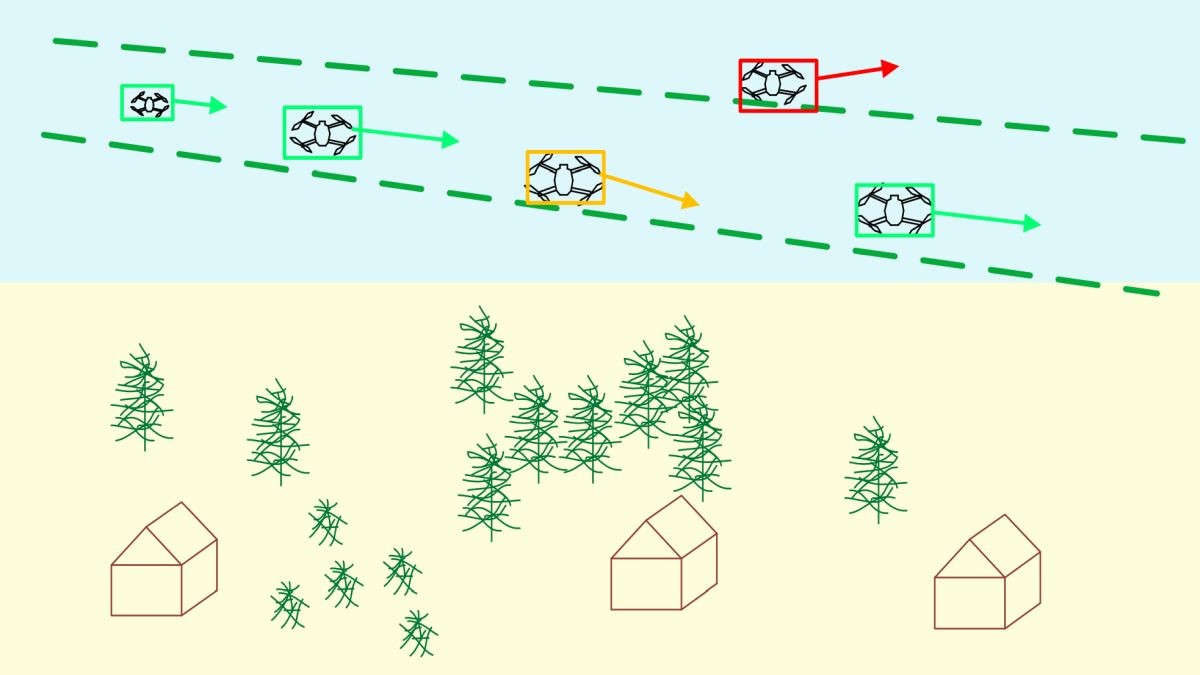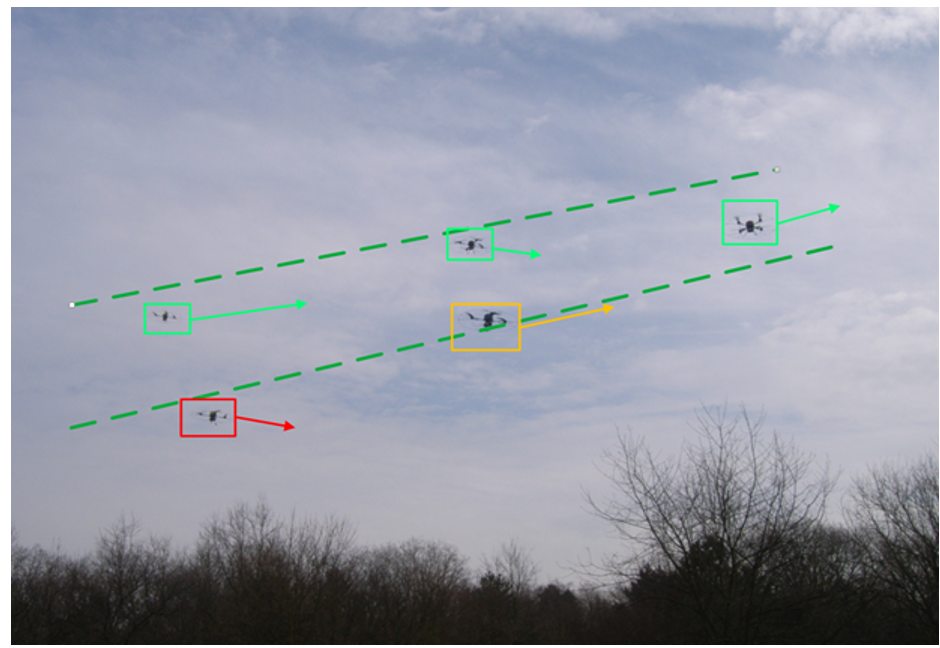In the previously unguarded lower airspace, unmanned air traffic is constantly increasing. In Germany alone, there are now more than one million UAS (Unmanned Aerial Systems).
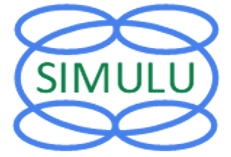
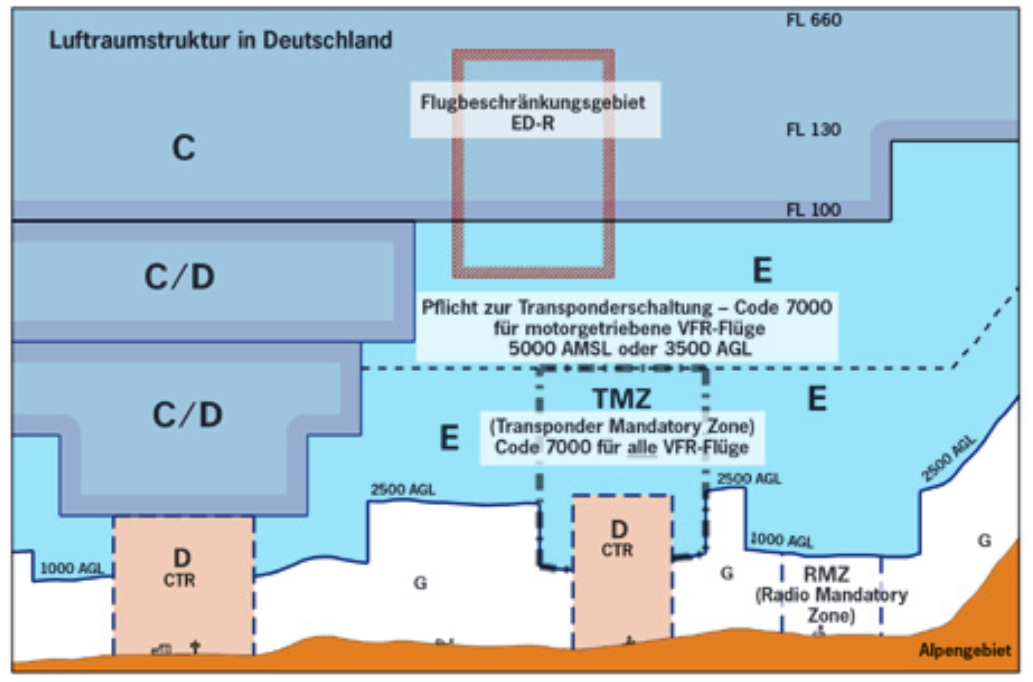
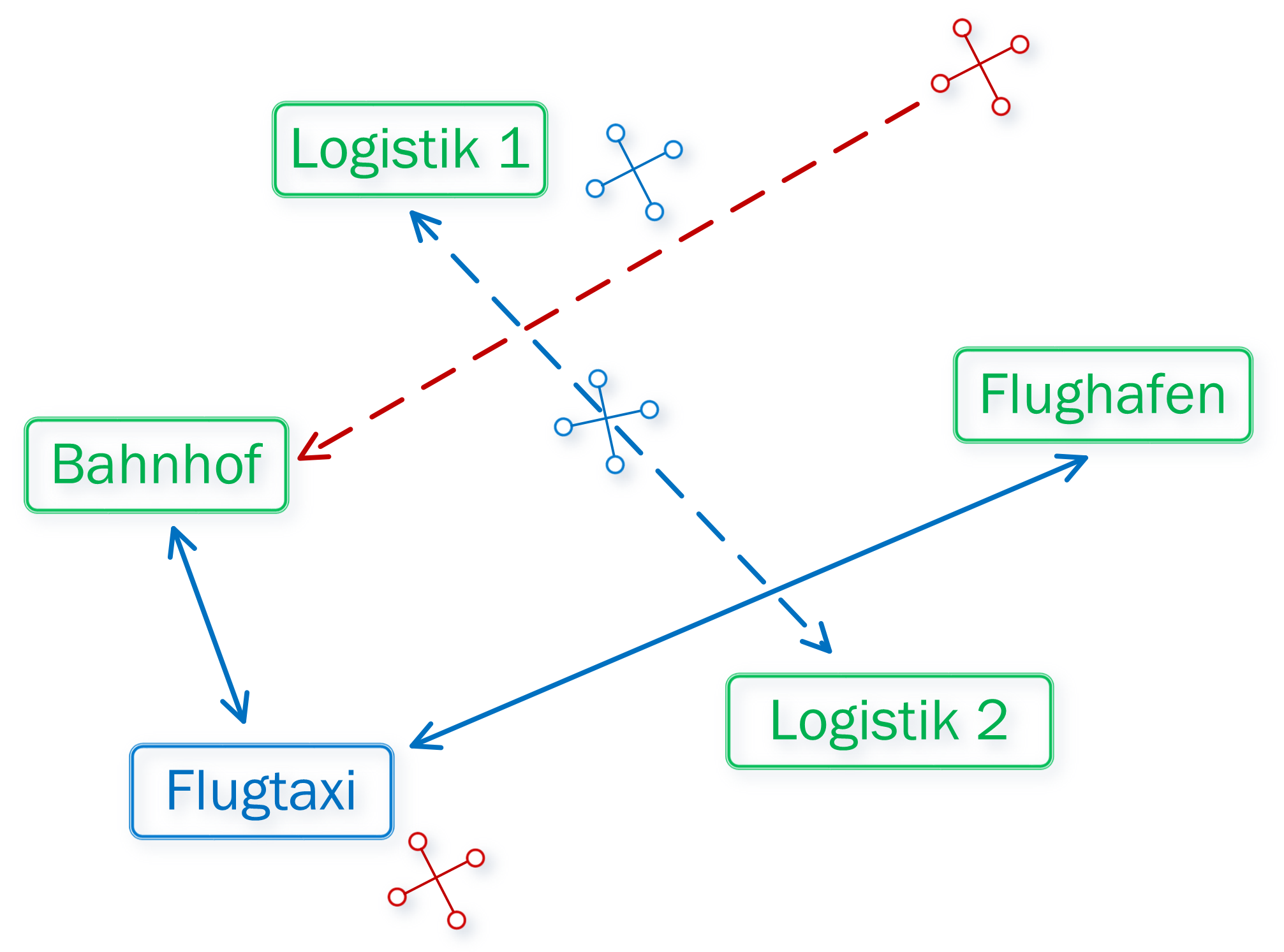
Brief description of the project
Traffic management systems for this, based on the ATM (Air Traffic Management) established in manned aviation, are currently being developed (UTM - Unmanned Air Traffic Management). In addition, a market for autonomous flight cabs and transport systems is establishing itself.
To ensure the required safety, necessary protection processes must be established in the largely automated air management system. These are to ensure the protection of endangered infrastructure objects (e.g., airports, train stations, logistics bases) from attacking drones and autonomous flying aircraft. For this purpose, suitable interfaces are defined and implemented, a friend-or-foe detection system is set up, an anomaly detection and classification system is implemented, and suitable protective measures are derived.
Project goals
Based on the results of the ArGUS project, the detection and classification procedures are being expanded and refined. This includes the type classification of aircraft and, in particular, rapid hazard assessment through scenario-based situation analysis and the associated risk management. An important aspect is the integration into the control systems, powerful, flexible interfaces to the users, user-friendly visualization and interactive hazard management. For the detection of hazardous situations, a multi-level classification system consisting of several catalogs for the situation, criteria and indicators as well as analysis components based on statistical methods and heuristic components (facts, rules, inference engine) is created.
Project outcome
A security architecture with a sophisticated interface concept is currently being developed. For hazard detection, there is a collection of anomalies as well as statistical analysis procedures. Furthermore, there is a visualization component to display flight movements, deviations from normal conditions and drone characteristics. Diagrams for analyzing scenarios are also under development. A collection of facts, rules and measurable indicators is being created based on predefined anomaly states.
 Fraunhofer Institute of Optronics, System Technologies and Image Exploitation IOSB
Fraunhofer Institute of Optronics, System Technologies and Image Exploitation IOSB 